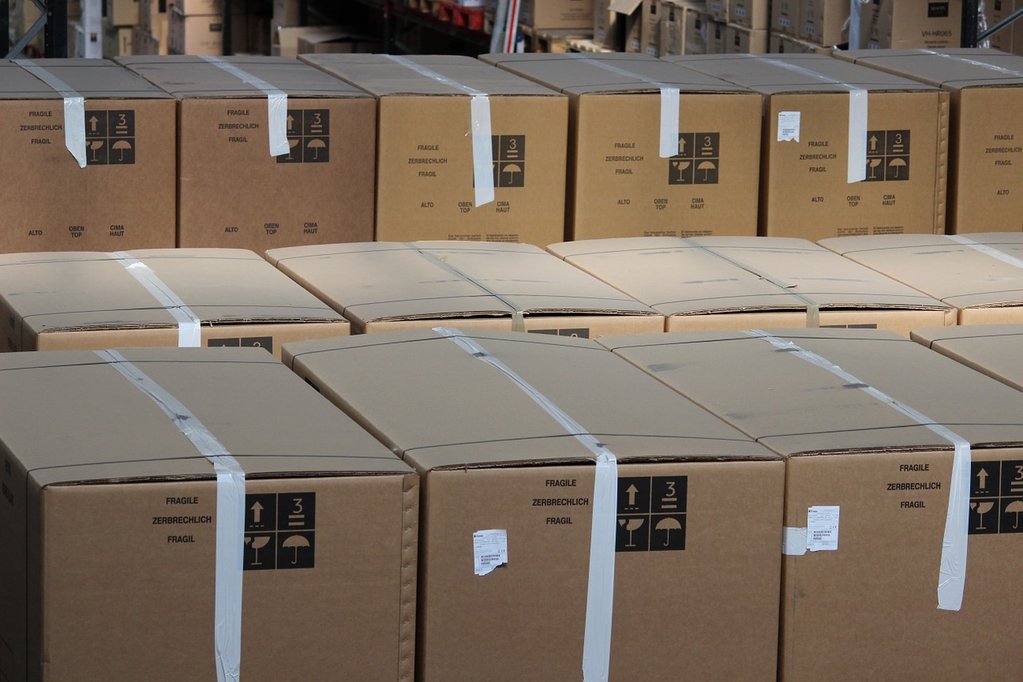Inventory valuation methods: LIFO: Solution to Example Question
Cambrige AS and A Level Accounting Notes (9706)/ ZIMSEC Advanced Accounting Level Notes: Inventory valuation: Inventory valuation methods: Last In First Out (LIFO): Example Question
If you are viewing this post on a small screen/mobile device please view it in Landscape Mode otherwise it will be distorted.
- This is a solution to the question found here
- To learn […]











